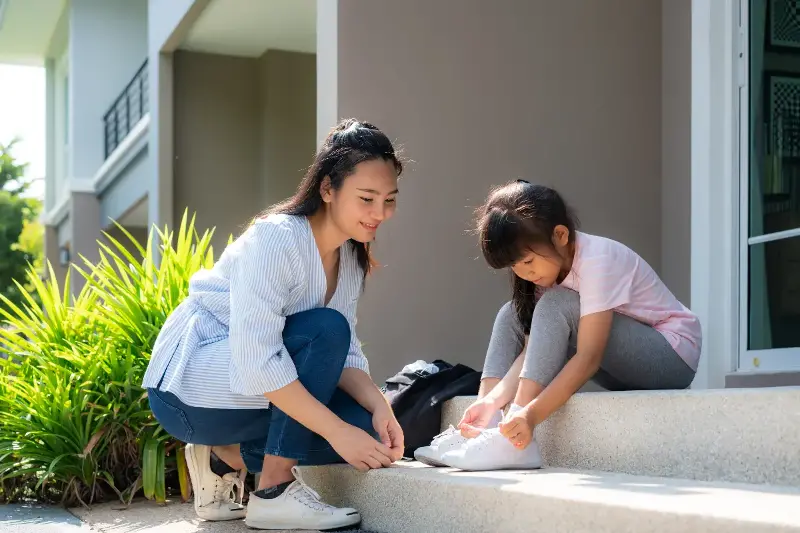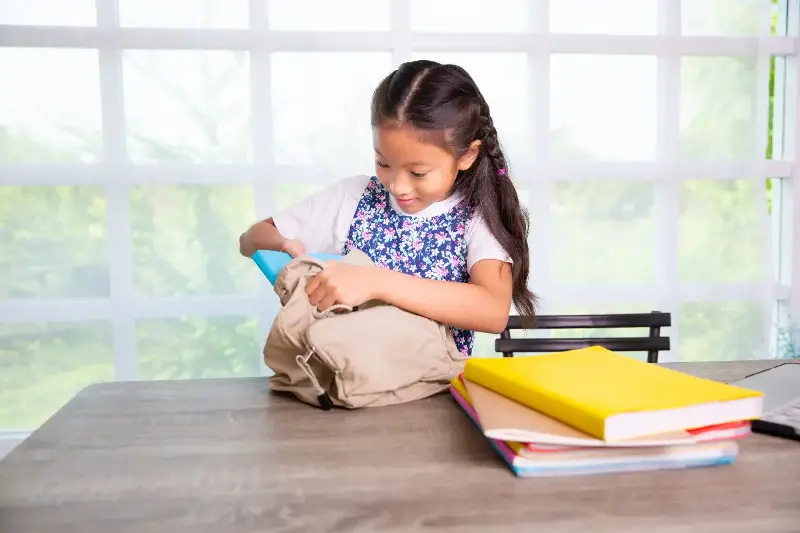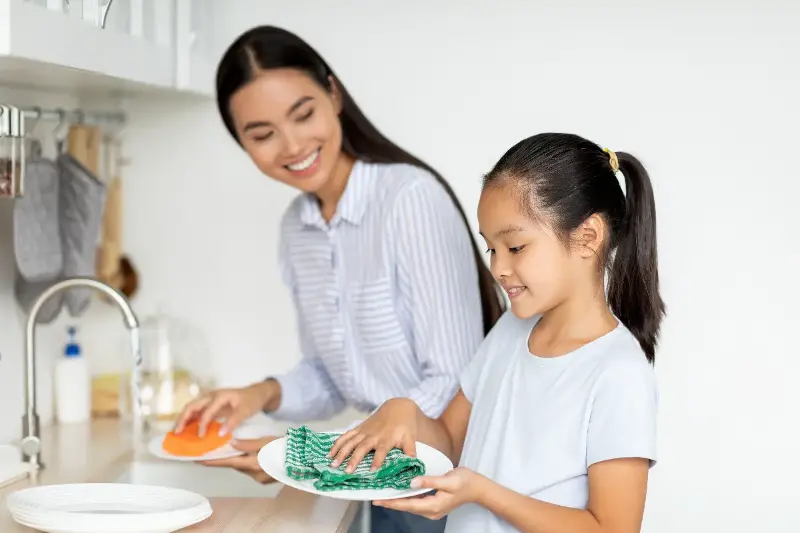Few moments are as heartwarming—and nerve-wracking—for parents as watching their child master a new skill, whether it’s tying shoelaces with clumsy fingers or tackling the first solo homework assignment. At the heart of these milestones is a powerful trait: independence. In an age of helicopter parenting and digital shortcuts, fostering independence might feel counterintuitive, but its role in raising resilient, resourceful children cannot be overstated.
From Shoelaces to Significance: Small Steps, Big Leaps

Independence starts small. Picture a six-year-old hunched over bright trainers, tongue peeking out in concentration, wrestling knotted laces into a perfect bow. In those few minutes, a child isn’t just learning a life skill—they are building confidence, perseverance, and problem-solving abilities. Parents who nudge children gently to try things for themselves—rather than stepping in—gift them moments to taste achievement firsthand.
Intriguingly, research shows that children encouraged to manage manageable tasks themselves develop stronger executive function skills: the brain’s toolkit for planning, focus, and self-control. These micro-victories don’t just help kids grow more independent—they prime them for more complex challenges ahead.
The Science Behind Resourcefulness: How Independence Builds Lifelong Skills

When children are relied upon to handle a range of daily tasks—packing their bags, preparing a simple snack, or managing homework—they are given fertile ground for cognitive and emotional growth. Here’s why:
- Practical independence nurtures adaptability. Kids who regularly solve everyday problems are better able to navigate the uncertainties and curveballs of life.
- Decision-making muscles get stronger. Faced with open-ended scenarios—choosing what books to read or how to organise their time—children begin to trust their own judgment.
- Self-esteem blossoms. The pride of completing something “all by myself” propels them to tackle bigger hurdles.
Surveys from educational psychologists reveal that children given appropriate freedom tend to display higher levels of intrinsic motivation and lower anxiety. In effect, independence serves as an invisible scaffolding, supporting dreams and ambitions from the ground up.
Practical Pathways: Inviting Independence into Everyday Life

Promoting independence doesn’t require grand gestures or expensive tools. The secret lies in everyday experiences—woven seamlessly into family life. Consider these simple strategies:
- Delegate Mini-Responsibilities: Have children set the dinner table, sort laundry by colour, or water houseplants. These tasks teach accountability as well as practical skills.
- Encourage Effort Over Perfection: Celebrate attempts as much as successes. “I noticed how patiently you untangled your headphones!” lets kids know the process matters.
- Embrace the Struggle: Resist the urge to swoop in at the first sign of challenge. Letting kids grapple with frustration helps them learn endurance and creative thinking.
- Model Independent Problem-Solving: Narrate your own process. “I forgot my shopping list, so I’ll try to remember what’s missing by picturing breakfast.” This demonstrates that adults, too, work through difficulties without giving up.
Routine prompts—like inviting children to plan a picnic menu or handle pocket money—seed resourcefulness that flourishes long after childhood.
Beyond the Classroom: Building Resilience for Life’s Wild Rides

Schoolwork is just one arena where independence shines. Children who regularly practice self-management grow into adults prepared for life’s messiness: missed buses, job interviews, patching together busy schedules. They feel less panic and more poise.
- Resilience springs not from shielding children from hardship, but from helping them weather it. It is the small daily stumbles, not just big achievements, that nurture character.
- Resourceful children flourish in social settings. They are more likely to reach out for help when needed, empathise with others’ struggles, and lead with quiet confidence.
In remarkably practical ways, the encouragement of independence ripples through friendships, academics, and ultimately the transition into adulthood.
If you look closely, those tangled shoelaces are more than a childhood challenge—they are a symbol of every leap towards self-belief and adaptability. What if every “I did it myself!” was celebrated as the spark of future greatness?
Let’s ask ourselves: in the comfort of stepping in, what precious opportunities for resilience might we be missing? Perhaps the real gift we can offer is the chance for our children to surprise us—and themselves—with the strength they never knew they had.
